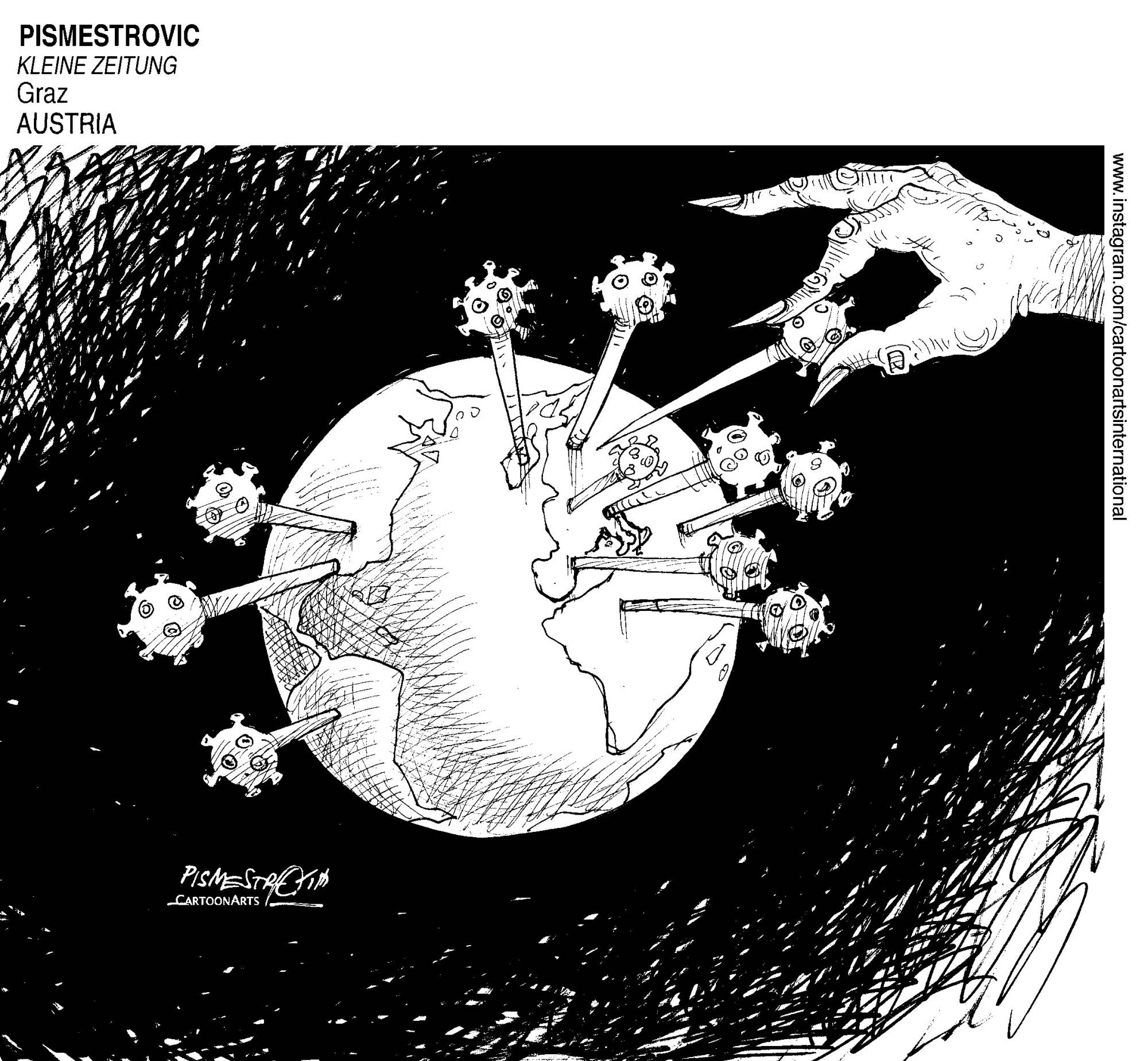One of the most neglected consequences of the rapidly evolving COVID-19 is the increasing violence against women of all ages. U.N. Women has called it “the shadow pandemic,” and António Guterres, the U.N. Secretary-General has said, “Peace is not just the absence of war. Many women under lockdown for #COVID19 face violence where they should be safest: in their own homes.”
Domestic violence is not, of course, a new phenomenon. Before the pandemic, it is estimated that 243 million women and girls (aged 15-49) across the world had been victims of sexual or physical violence during the previous 12 months, in most cases perpetrated by an intimate partner. That number has significantly increased alongside the evolution of the pandemic, due in great measure to the necessary stay at home measures imposed by the authorities.
Governments and public health authorities in Argentina, Canada, Spain, Germany, the United States, and the United Kingdom have called attention to domestic violence, and the increased demand for abused women’s emergency shelters. In countries such as Singapore and Cyprus, domestic violence hotlines have registered an increase in calls of more than 30 percent since the start of the pandemic, as have frontline workers in New South Wales, Australia. In China, police departments in the city of Jingzhou received three times as many domestic violence calls for help this past February as in the same time in 2019.

















With your current subscription plan you can comment on stories. However, before writing your first comment, please create a display name in the Profile section of your subscriber account page.